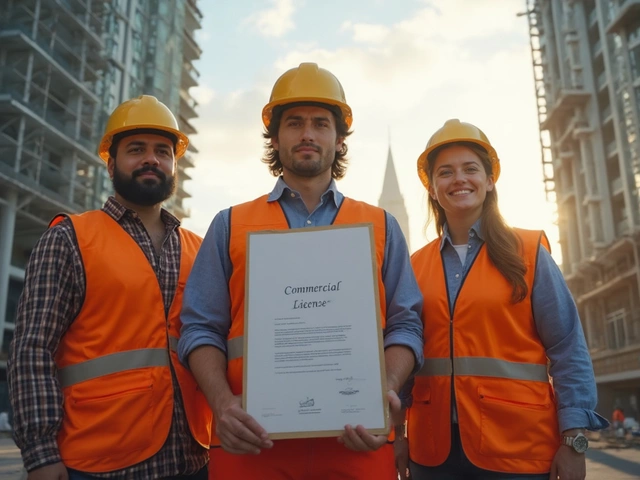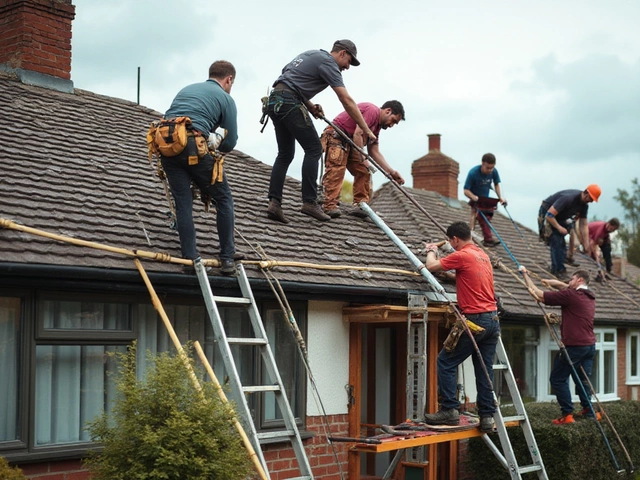Construction Costs: What Adds Up and How to Keep Them Low
Planning a build? The biggest question on most people's minds is how much it will really cost. You’ve probably heard numbers thrown around, but the truth is every project is different. Below we break down the main cost drivers and give you real‑world ideas to squeeze out extra savings without cutting corners.
What Pushes Your Budget Higher?
First off, material prices are the single biggest line item. Limestone, concrete, steel, and timber each have their own market swings. When you source stone from a local quarry—like Lime Hillock’s limestone—you cut freight charges and often land a better deal.
Labor is the next big factor. Skilled tradespeople command higher rates, but they also finish faster and make fewer mistakes. That means less re‑work, which can eat up your budget quickly.
Design changes mid‑project are another hidden cost. A small tweak to the floor plan might seem harmless, but it can trigger new material orders, additional engineering checks, and extra labor hours.
Site conditions play a huge role, too. If the ground is soft or full of rock, you’ll need extra excavation, drainage, or foundation work. That’s why a proper site survey before you break ground saves you from surprise expenses later.
Practical Ways to Trim the Bill
Start with a realistic estimate. Use a detailed spreadsheet that lists every material, labor hour, and contingency line. A 10‑15% contingency is standard and helps you avoid panic when unexpected items pop up.
Shop around for materials. Local quarries often offer bulk discounts, and buying in larger quantities can shave off a few pounds per tonne. Don’t forget to ask about delivery fees—sometimes a nearby supplier saves more than a big national chain.
Schedule work during the off‑season. Many contractors lower rates in winter or early spring when demand drops. You’ll get a better price and more flexible scheduling.
Consider a dry‑fit approach for interiors like kitchens. Doing a dry fit before final installation lets you spot issues early, reducing costly re‑work once everything’s glued together.
Finally, keep communication tight. Regular check‑ins with your builder or project manager let you catch scope creep before it balloons. A quick chat about a small change can keep the whole project on track.
Bottom line: construction costs are made up of material, labor, design, and site variables. By planning ahead, watching the market, and staying on top of communication, you can control the budget and finish the build on time. Ready to start your project? Talk to a trusted local supplier like Lime Hillock for solid stone at a fair price and a partner that knows the UK market inside out.
Is It Cheaper to Build or Buy New? The Real Costs Explained

Considering whether to build a new home or buy a newly built one involves more than comparing price tags. This decision has long-term consequences, impacting everything from design preferences to future resale value. With factors like construction costs, location influences, and potential hidden expenses, making the right choice demands careful thought. By exploring both options, you can determine the most cost-effective path for your housing dream.
read more



